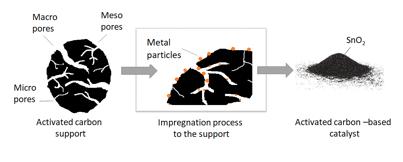Scheme 1. Representation of O-methylation with the alkylating agents dimethyl sulphate and dimethyl carbonate
Four different alkylating agents were used, of which three added a methyl group comprising one carbon and three hydrogens and one adding an ethyl group, comprising two carbons and five hydrogens, see Figure 17 below. In brief, the hydrolysis lignin was dissolved in a solvent together with the alkylating agent. For two of the alkylating agents, the solution was heated to increase the reaction speed. The reactions were terminated by lowering the pH which caused the hydrolysis lignin to precipitate. The lignin precipitate could then be filtered, washed with water until the washings had neutral pH and then left to dry in room temperature. The elemental composition of the samples was analysed via elemental analysis determining the concentration of C, N, H in the sample and calculating O concentration based on the other three elements.
Figure 17. Methyl group (left) and ethyl group (right)
2.2.2 RESULTS The enzymatic hydrolysis lowered the sugar content in the hydrolysis lignin and thereby resulted in an increase in klason lignin.
Washing of hydrolysis lignin All attempts to wash hydrolysis lignin with an organic solvent were unsuccessful. The hydrolysis lignin was either insoluble in the solvents or partly soluble resulting in fractionation of the hydrolysis lignin. In the latter case, one organic solvent soluble fraction and one organic solvent insoluble fraction was obtained. The hydrolysis lignin also turned darker after some washings, see Figure 18.
Figure 18. Hydrolysis lignin after washings with the moderately polar solvent tetrahydrofuran
GREEN BIORAFF SOLUTIONS
19








